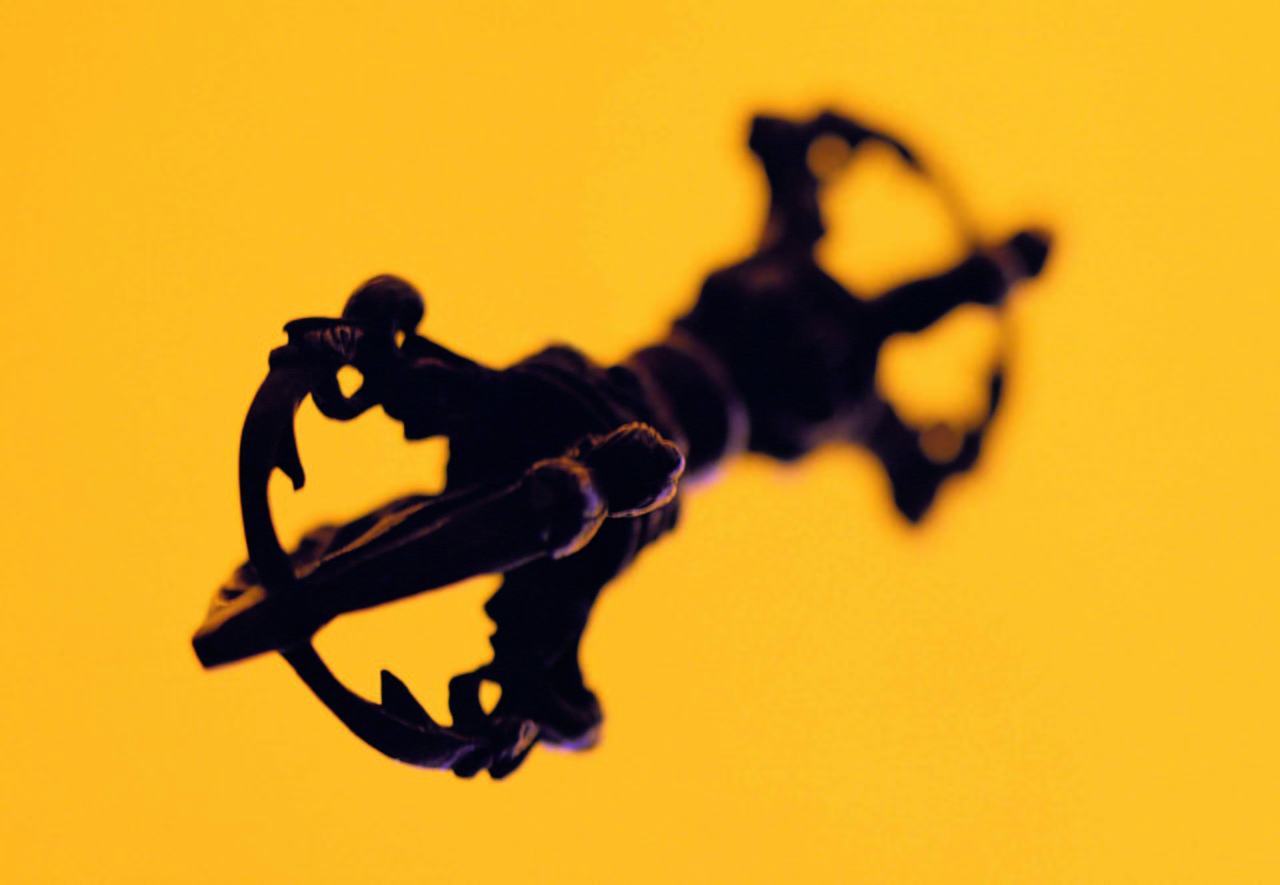Following the execution of journalist James Foley by ISIS the video was posted online. Foley is the victim, but not the target. We are. The horror and revulsion most of us naturally feel at these images has been calculated and prompted. How can we engage responsibly with the world of images?
In his account of the Cuban Missile Crisis, former US Defense Secretary, Robert McNamarra recounts his version of a tense exchange with the Chief of Naval Operations at the height of the crisis: ‘This is not a blockade but a means of communication between Kennedy and Khruschev.’
The risk of nuclear catastrophe was very real, but that phrase – a means of communication – is coldly accurate. It applies equally to the horrifying video of the beheading of US journalist James Foley. The video, shot somewhere in the desert and showing a masked man standing over the kneeling Foley, is entitled: ‘A Message to America’. It blames Foley’s death on recent US military strikes against ISIS, and its defiant ruthlessness makes an appeal to potential supporters.
Foley is the victim, but not the target. We are. The horror and revulsion most of us naturally feel at these images has been calculated and prompted. So has the anger, the sense of injustice and the desire to retaliate.
Symbols and images are around us all the time, making claims on us that bypass rational reflection. In one form or another, they’re also at the heart of religion. Some faiths, of course, ban the representation of sacred figures, but even they use stories that paint mental pictures. Others, such as Buddhism, are replete with imagery. The seated Buddha is the best known, but later traditions developed a crowded and increasingly outlandish pantheon.
Buddhism recognises the power of images over our subconscious minds, our imaginations. The images we encounter each day affect us, especially the advertising or propaganda that has an overt design upon us. More than ever, we need to educate ourselves in the language and power of images, and expose ourselves to other images that have a countervailing influence.
For me, the image of the seated Buddha represents the calm and open-heartedness to which I aspire in responding to the world’s troubles. But the image that James Foley brings back most strongly is the famous photograph of Thich Quang Duc, the Vietamese monk who burned himself to death in Saigon in 1963, to protest against the persecution of Buddhism in South Vietnam. That, too, was a means of communication, and it was no less shocking to contemporaries than these Youtube executions.
The beheadings are designed to create terror. Thich Quang Duc’s burning body gave voice to the suffering of his comrades and made a fiery, agonised but eloquent expression of his belief in peace.


